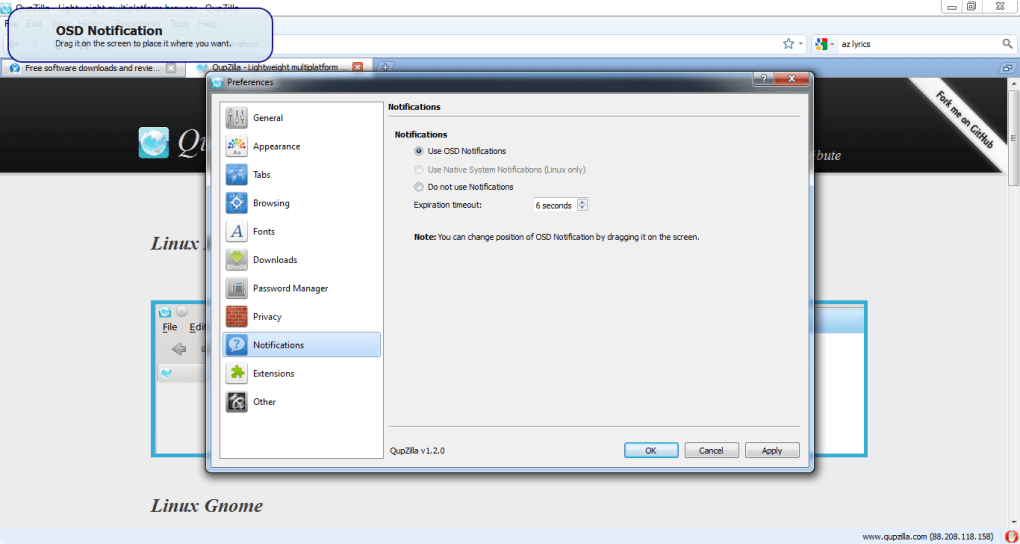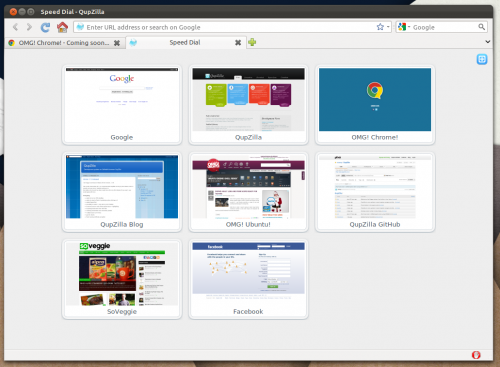
Sudo rm -rf /var/lib/cloud9 /opt/cloud9 /etc/default/cloud9 /lib/systemd/system/cloud9.* Sudo systemctl disable rvice cloud9.socket sdcard/var/lib/ntp /var/lib/ntp none bind,nofail 0 0 sdcard/var/lib/cacti/ /var/lib/cacti none bind,nofail 0 0 sdcard/var/lib/mysql /var/lib/mysql none bind,nofail 0 0 sdcard/var/log /var/log none bind,nofail 0 0 UUID=eb885f2f-28a4-49a6-99c9-3f8b0b7a871d /sdcard ext4 noatime,nofail,errors=remount-ro 0 2 /sdcard/tmp /tmp none bind,nofail 0 0 #If we use an external sdcard, we are less concerned with re-writes, so enable the logs on the sdcard (create directories for each location below, mountpoints, etc.) Verify /etc/fstab configuration, include noatime, for example: To find latest writes to disk: find / -mount -newermt 14:44:00 Vi /etc/ to remove the goofy ssh splashĬd /var/log & rm lastlog & ln -s /dev/null lastlogĬd /etc/cron.daily & mv man-db man-db.disabled Run this last command a few times until everything is removed.

Sometimes ssh hangs at this stage, so if so, use serial. Now, let's remove the unnecessary packages (as root) - but bear in mind that these may change in future releases:įor i in c9-core-installer udhcpd chromium-codecs-ffmpeg-extra connman lximage-qt lxmenu-data pcmanfm-qt qupzilla xserver-xorg-core "light*" chromium-browser nodejs "lxqt*" xserver-common "apache2*" bluez "xfonts*" "x11-*" "x11proto-*" build-essential alsa-utils do apt-get -y purge $i doneĪpt remove -purge c9-core-installer bonescript bone101 If you prefer to use ssh over serial, then use screen as follows: It is now time to strip the bb of the stock apps, etc. The new version has an ntp server, but retaining here in case setting up legacy system.
#QUPZILLA WIKI INSTALL#
Install deborphan in order to remove hanging dependencies from apps that we will later strip. Ssh /root/.ssh/authorized_keys Clean Up Post-Install Now, prepare the bbįor shell access by editing your ssh config:Īdd a password for root, then test the shell access, add the public keysto the authorized_keys file Once the device powers off, remove the microSD card or it will flash the eMMC again and again. For the beaglebone black pin setup, see bit.ly/2DhU6Vx The adapter's tx goes to bb's rx, and so on.
#QUPZILLA WIKI SERIAL#
Use screen and a serial usb adapter to oversee the installation since ssh will likely get broken during the post-install cleanup. Pull out the SD card and then put back in so that it mounts read/write and then edit:Ĭmdline=init=/opt/scripts/tools/eMMC/init-eMMC-flasher-v3.sh Sudo dd of=/dev/mmcblk0 if=/home/sexa/Downloads/ bs=1M conv=fdatasync

Write the debian image to the SD Card using dd command Insert microsd on host workstation, unmount in order to write the.


 0 kommentar(er)
0 kommentar(er)
